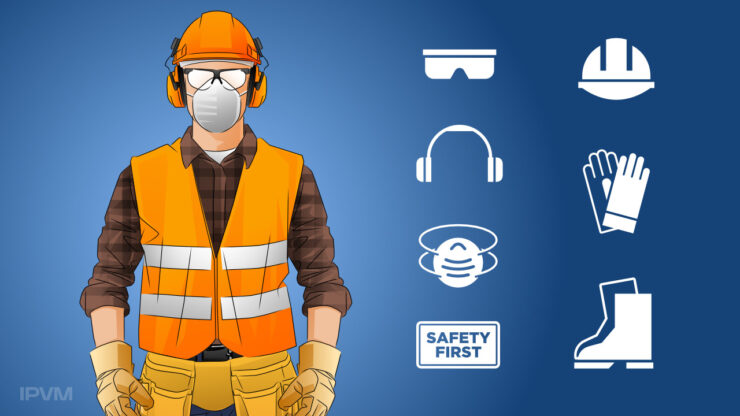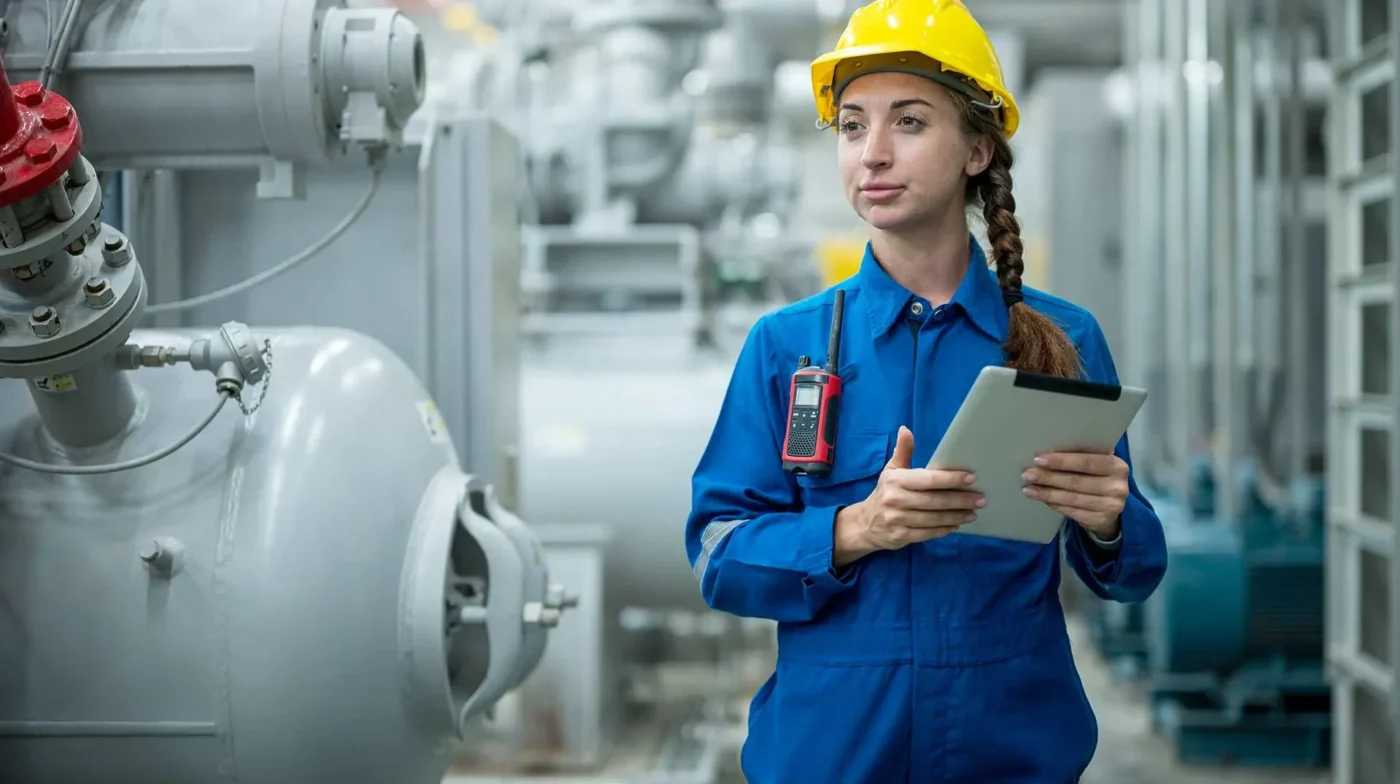When it comes to workplace safety, industrial hygiene is one of the most important elements of keeping people healthy and secure. It involves understanding and managing potential hazards in a workplace to ensure that workers are protected from harm. That is why there are standards set in place – the goal of any industrial hygiene guide is to ensure that everyone is safe, secure, and healthy when at work.
The importance of industrial safety is paramount, which is why there are five basic principles to follow when establishing a safe work environment for all employees, and each individual. To understand industrial hygiene completely, it’s important to familiarize yourself with the five fundamental principles, which is what we will discuss in more detail here.
1. Anticipation & Recognition
Hazards must be identified, anticipated, and recognized before they can be controlled or prevented. It’s imperative for safety professionals to identify any potential hazards in a workplace so that appropriate measures can be taken to prevent them from causing harm. This is best done through regular inspections, surveys, and monitoring of existing conditions within the workplace. By keeping up with inspections, employees can be made aware of hazards, and do their best to assist with maintaining a safe workplace.
2. Evaluation & Control

Once a hazard has been recognized, it must then be evaluated and controlled to protect workers from exposure to it. This evaluation should include an assessment of the severity of the hazard, as well as its likelihood of occurrence and how long workers will be exposed to it if nothing is done about it. After this assessment has been completed, appropriate control measures should be put in place to protect workers from encountering hazardous materials or situations. It’s recommended that these control measures are delegated to employees and scheduled at regular intervals so that everyone can contribute to workplace safety.
3. Communication & Education
While controls are important for managing any potential hazards in the workplace, communication and education are also key components of industrial hygiene success. Workers should be educated on how they can protect themselves while on the job and how to recognize potential hazards before they can cause harm. Additionally, employers should have clear communication protocols in place for when a hazard is discovered so that it can be managed quickly and effectively without putting anyone at risk in the process. One suggestion is to have regular meetings that are regarding health and safety in the workplace, where employees are educated on recent protocols, and have the opportunity to make suggestions on how to keep the environment secure.
4. Monitoring & Record Keeping

Regular monitoring of conditions within a workplace is essential for ensuring that all hazards are being adequately managed or eliminated altogether. Safety professionals should keep detailed records of any inspections or surveys conducted within a facility so that any changes over time can easily be tracked and addressed if necessary. This recordkeeping also facilitates regulatory compliance by ensuring that all applicable laws are being followed properly by employers and employees alike. Keeping a record will also help any safety inspector to know that your workplace is doing its part when it comes to monitoring and maintaining safety.
5. Personal Protective Equipment (PPE)

Lastly, personal protective equipment (PPE) should always be used whenever there is a risk that workers may encounter hazardous materials or situations while on-the-job. PPE helps shield workers from exposure to these potentially hazardous materials by providing an additional layer of protection against them. For example, if there’s a risk that workers may encounter asbestos fibers, then wearing protective masks, gloves, and eye shields may help minimize their exposure.
Conclusion
The five principles outlined above serve as the foundation for understanding industrial hygiene best practices. They are paramount in important for every workplace, and should be followed as closely as possible. Keeping employees knowledgeable, safe, and aware of industrial hygiene will help keep everyone aware and active.
By recognizing potential hazards before they become serious issues, evaluating those risks accurately, communicating clearly about them, monitoring conditions regularly, and using proper PPE when necessary, safety professionals can help ensure that all workplaces remain safe for everyone involved. With these principles firmly established, employers can create environments where employees feel secure knowing their health is being protected every day they come to work.

